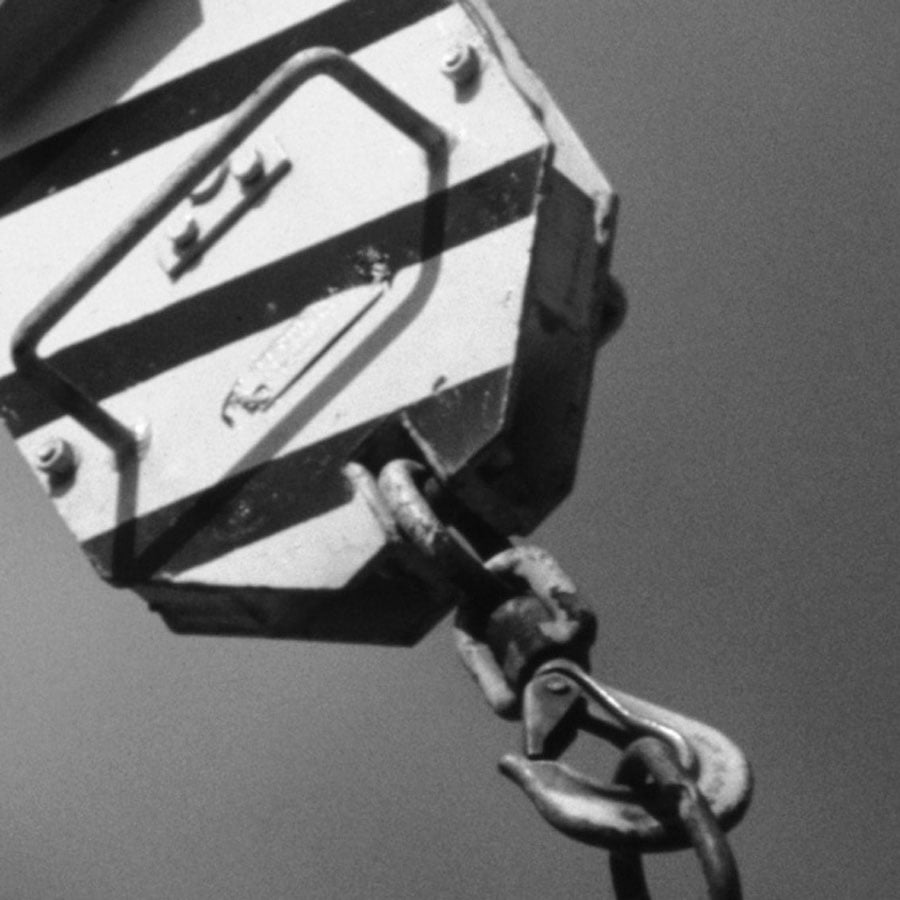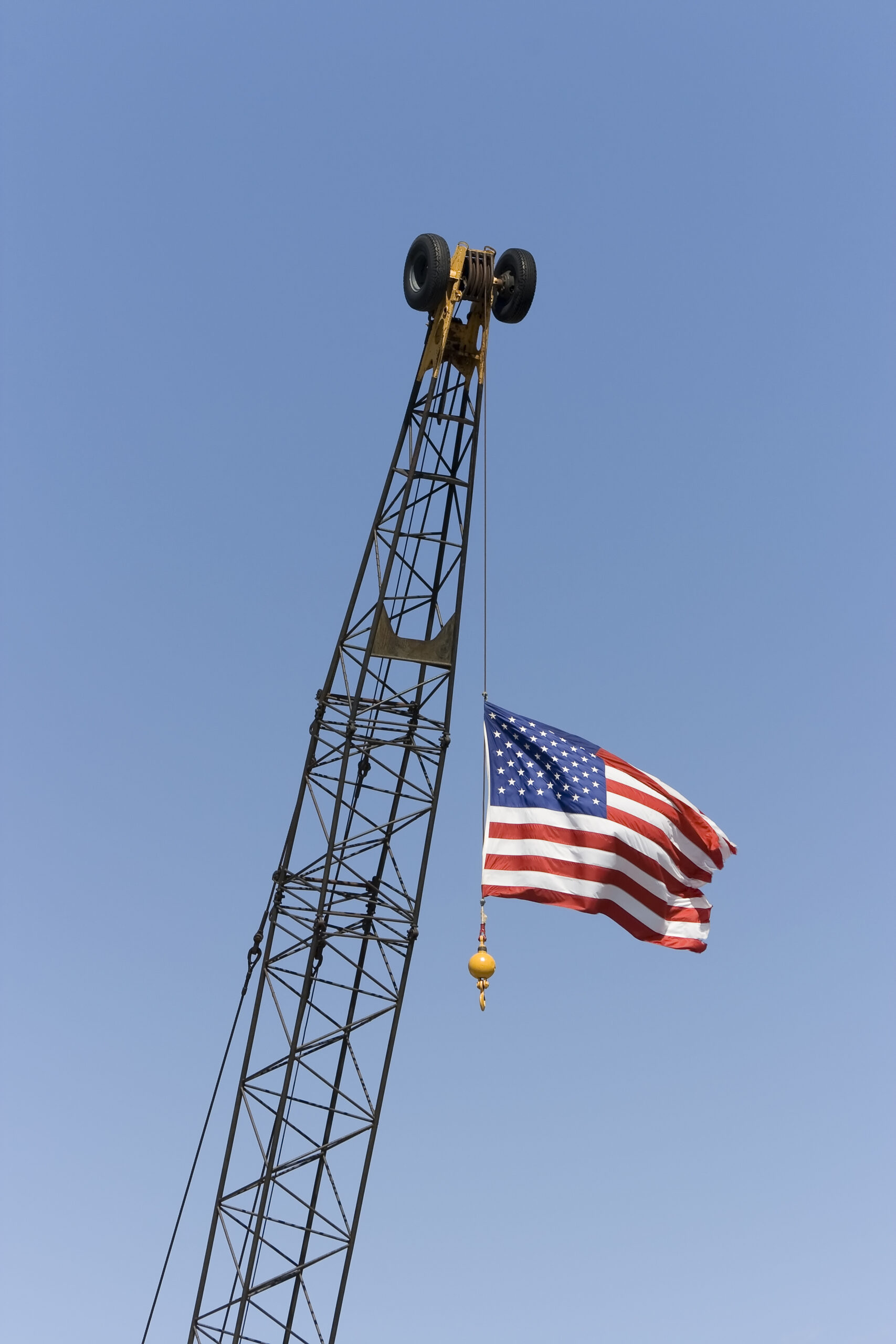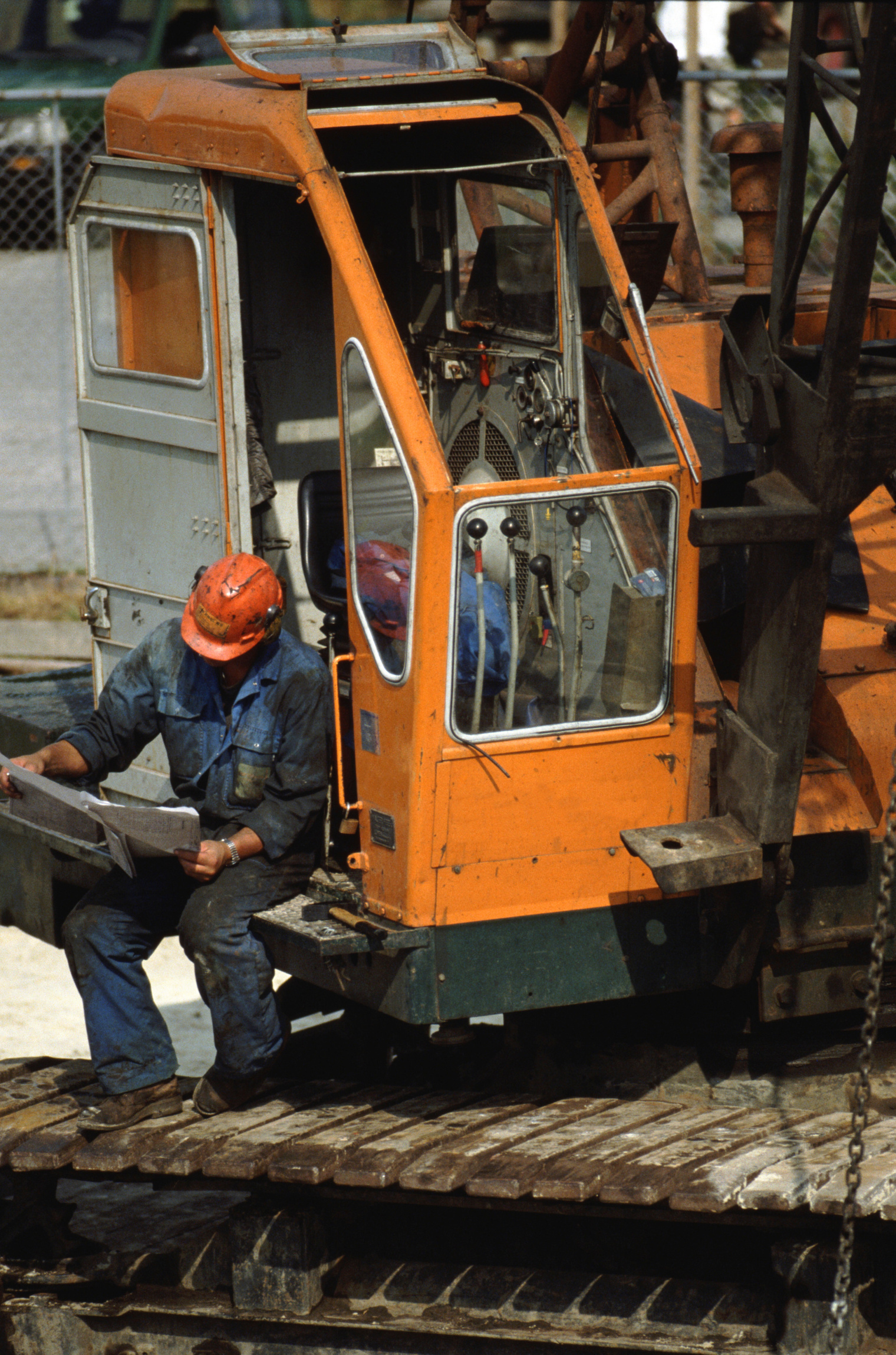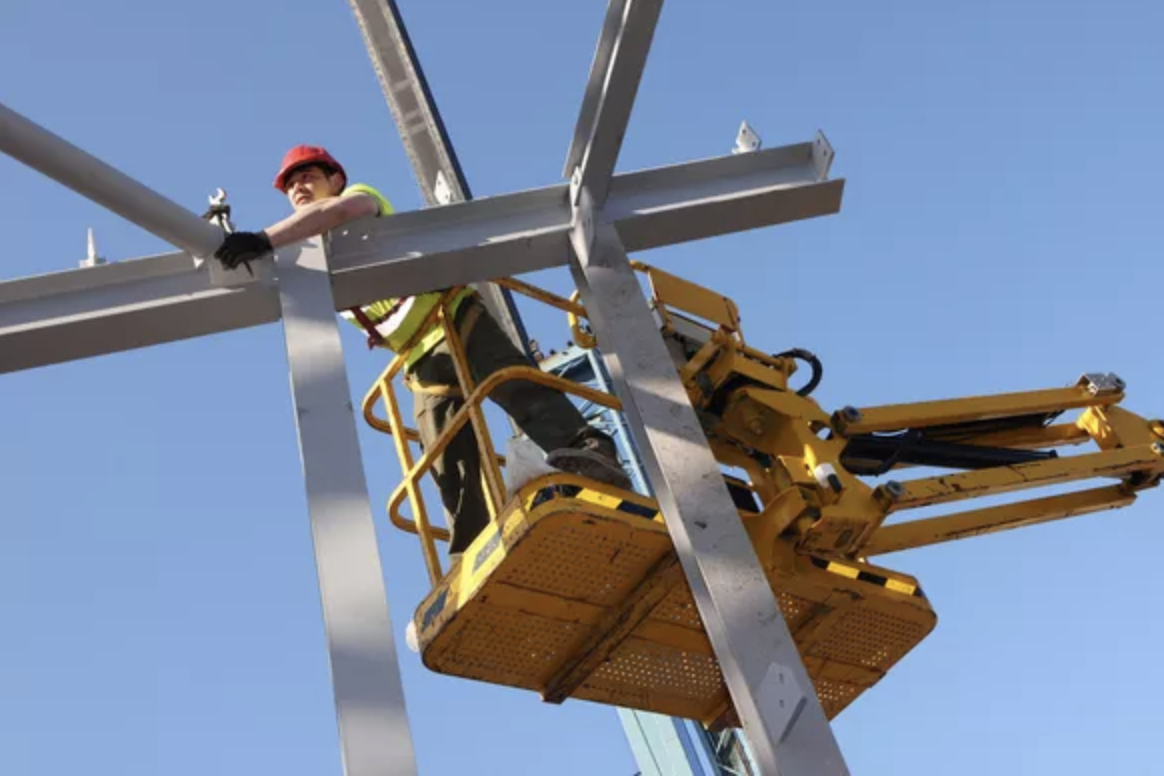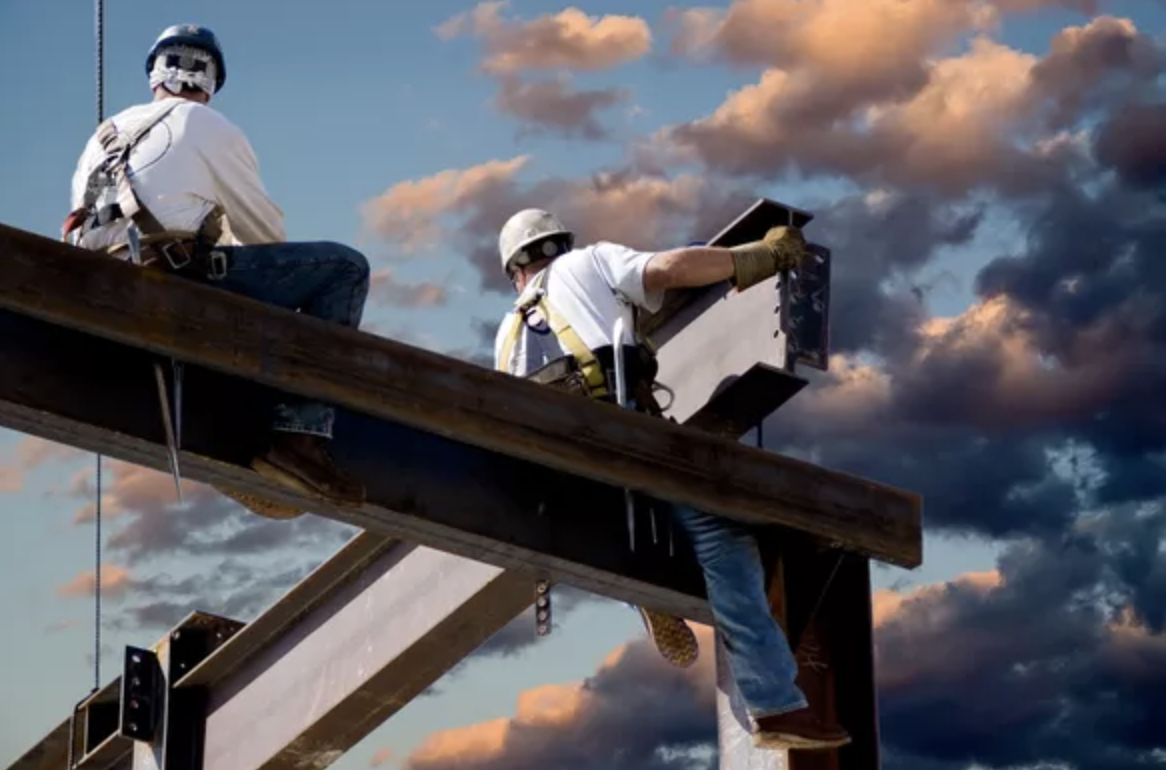Understanding the roles of a first responder.
Art Kirkner, Vice President of Claims
Here at NBIS, our entire business has been built around improving the traditional insurance model. We believe that insurance isn’t a “one size fits all” type of business; rather, it’s a business with industry-specific needs that we must constantly take under consideration, especially when it comes to claims investigation. “Heavy construction industry claims often involve complex risk shifting and coverage contribution scenarios,” says NBIS Claims Supervisor Gail Hardy. “That usually means that what appears to be relatively simple from a liability standpoint is often times not very simple at all.”
The professionals at NBIS are very aware of how this industry—the heavy construction and transportation industry—represents a complex sub-specialty of insurance policyholders whose needs extend beyond standard commercial lines insurance. Negligence claims and corresponding lawsuits often involve unique legal complexities due to the potential for multi-defendant scenarios and risk transfer implications. Of course, OSHA enforcement and compliance can impact liability, too, and so can engineering factors, in terms of both design and applied construction methods. Industry standards can muddy the waters even more by creating an additional layer of liability not commonly considered. To put it frankly, heavy construction claims demand a much higher level of sophistication than standard business insurance claims.
Going beyond the duty to defend
To truly protect the interest of the insured policyholder, claims need to be handled quickly and proactively. By waiting to respond until a “duty to defend” is triggered— which many insurance carries do to avoid expenses—the carrier and the contractor are at an immediate disadvantage.
Dave Diedrich, Senior Claims Examiner and certified forensic investigator, believes that by implementing an urgent onsite investigation with the proper experts, both legal and technical, the carrier and the contractor can begin to build a solid defense in the event that litigation arises at a later time.
“Taking a ‘wait and see’ approach to investigation and evaluation just doesn’t work well in the construction and transportation industry,” Diedrich says. “It gives away a strategic advantage to plaintiff attorneys and self-insured companies. And that’s never advisable.”
To help ensure a successful start to your claims investigation, NBIS has developed four levels of accident investigation for first responders—something every policyholder should keep at the forefront of his or her mind when a loss or claim occurs.:
- Level 1: First response—implemented by policyholder
- Level 2: Tactical response—implemented by specialized claims investigator (insurance company specialist or other designated specialist)
- Level 3: Forensic response—implemented by qualified expert witness
- Level 4: Legal response—implemented by defense or oversight attorney
If the claims event is severe enough, each level of accident investigation will be implemented in one seamless response. In other occasions, these steps may develop systematically. However, in almost every scenario, it’s important to remember that it’s typically the insured policyholder who is the first responder.
When the policyholder is the first responder
Being the first responder to a claims event carries with it a great deal of responsibility. It’s important for policyholders to develop a Jobsite Accident Response Plan prior to the claim event, so that critical information can be gathered in a calm and systematic way. Severity claims response is most effective when it utilizes a pre-planned approach. While safety and accident prevention are the core focus of the plan, a good response plan contemplates multiple scenarios with two key objectives in mind: preserve evidence and “set the table” for the investigative team.
At NBIS, we’ve identified four steps that should be taken by the first responder. When done so carefully and thoroughly, these four steps can greatly increase your chances of a successful claims outcome.
- Step 1: Assess
The first step in any claims scenario is to assess the accident. The first responder should first address any injuries or damages before initiating any of the other steps. Emergency personnel should be contacted, and, if necessary, first aid should be administered.
- Step 2: Report
Next, report the accident to the insurance carrier. Many times this can be done a variety of ways, usually by email or phone. At this stage, the first responder, in coordination with their insurance company, may choose to engage legal counsel and establish the attorney/client privilege. It’s advisable to utilize an accident checklist when gathering critical accident information to ensure that nothing is missed.
- Step 3: Investigate
During step three, the first responder begins to investigate the accident. He or she does things like: take detailed photos and measurements, initiate report requests and take statements, develop a preliminary causation analysis, and determine the need for forensic specialists. Special care should be taken to identify witnesses and secure contact information, and to preserve as much evidence as possible. Additionally, this is also the phase of response where forensic investigators should be contacted if they’re needed. These experts can include: structural engineers, metallurgists, geotechnical experts, accident re-constructionists, and a variety of others. During this stage you should be in close contact with your insurance partner to secure the specificities of your defense and gain an early understanding of the true accident cause.
- Step 4: Coordinate
Step four is the coordination phase of the first response. This is where the first responder begins to coordinate the scene by documenting the specifics of the accident location and the whereabouts of key witnesses. At this point, equipment is secured so that it can’t be moved or altered and all employees should be asked to remain reachable in the event a specialist or attorney needs to contact them. Of course, all paperwork, including job contacts and specifications, should be gathered and kept secure.
Legal response considerations
Many times, we field questions from policyholders regarding the proper legal response to a claim. It’s often difficult to know what the appropriate response is. So in an effort to shed a little light on the subject, here are few things to remember.
First, a legal response may be engaged simultaneously with a tactical response so the entire investigation is carried out under the auspice of “Attorney Work Product in Anticipation of Litigation”. Even if this protection isn’t needed right away, it may be needed at a later point in time, and it’s good to know that every precaution has been taken.
Second, all attorneys are not operating with the same level of understanding for these types of claims. The work our policyholders perform involves a complex regulatory structure that interplays with the laws of the venue where an accident occurs. It’s important to know that your attorney is qualified to advise in these types of scenarios. It is equally important that your defense counsel understands the industry standards, such as B30.5, that are governing the industry.
In fact, this is so important, that here at NBIS we sometimes engage what we call “National Oversight Counsel or (NOC)” to direct the investigation. The NOC we work with are experienced lawyers, often cross-trained as riggers, signal persons, and even operators. When a severity claim goes to litigation, these legal specialists work with local counsel, edifying them on the industry-specific factors they may not understand completely. By using this team approach, we can show how regulations such as OSHA, ANSI, ASME and the like impact negligence, either as evidence of negligence or as a defense against negligence.
When it comes to properly responding to claims, having the right team and procedures in place is imperative. You work far too hard to let something like a mishandled claim investigation seal your fate and adversely affect your premiums.
For more information on NBIS, and to experience the risk management difference, please visit contact 877-860-RMSS for more information.

